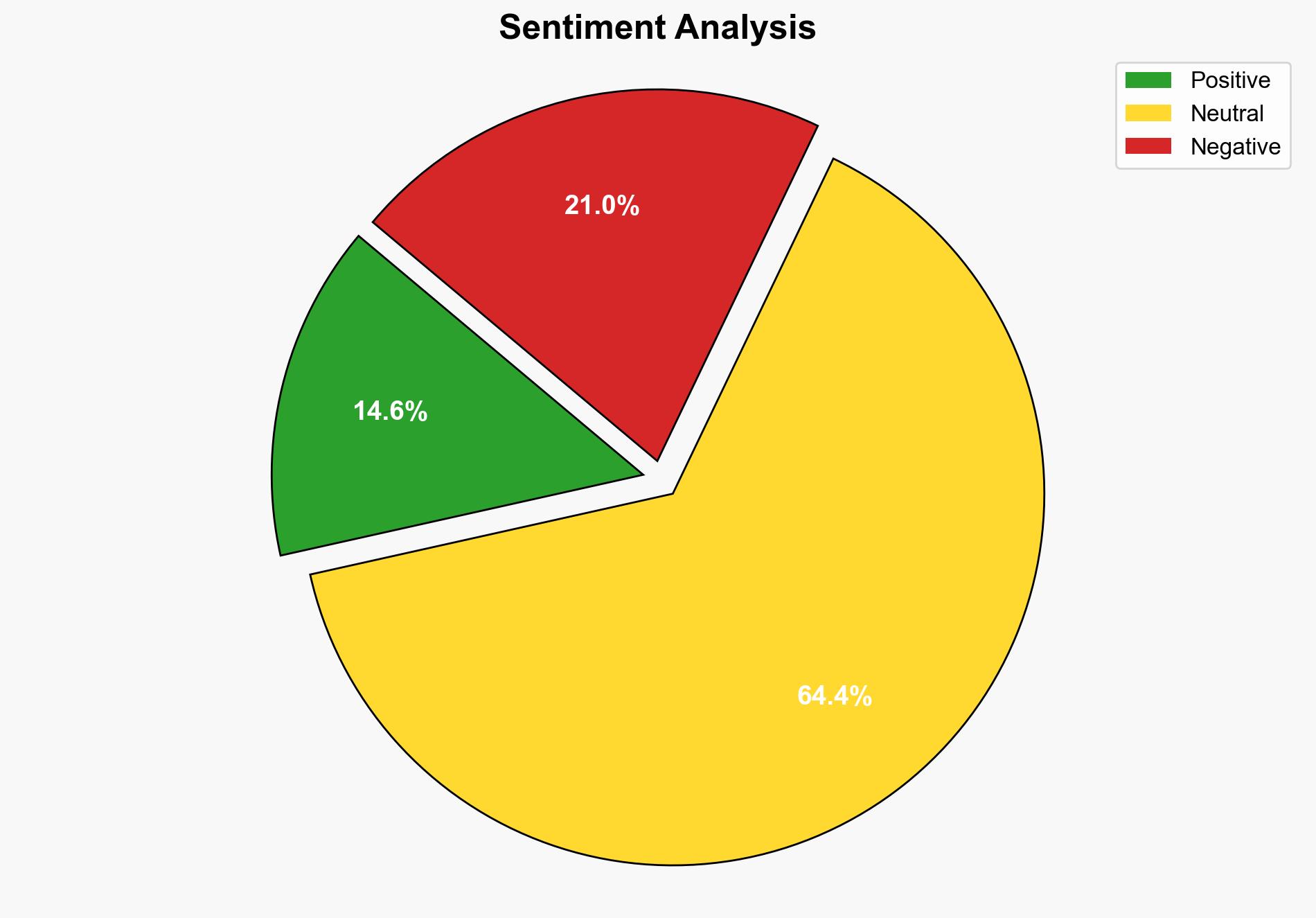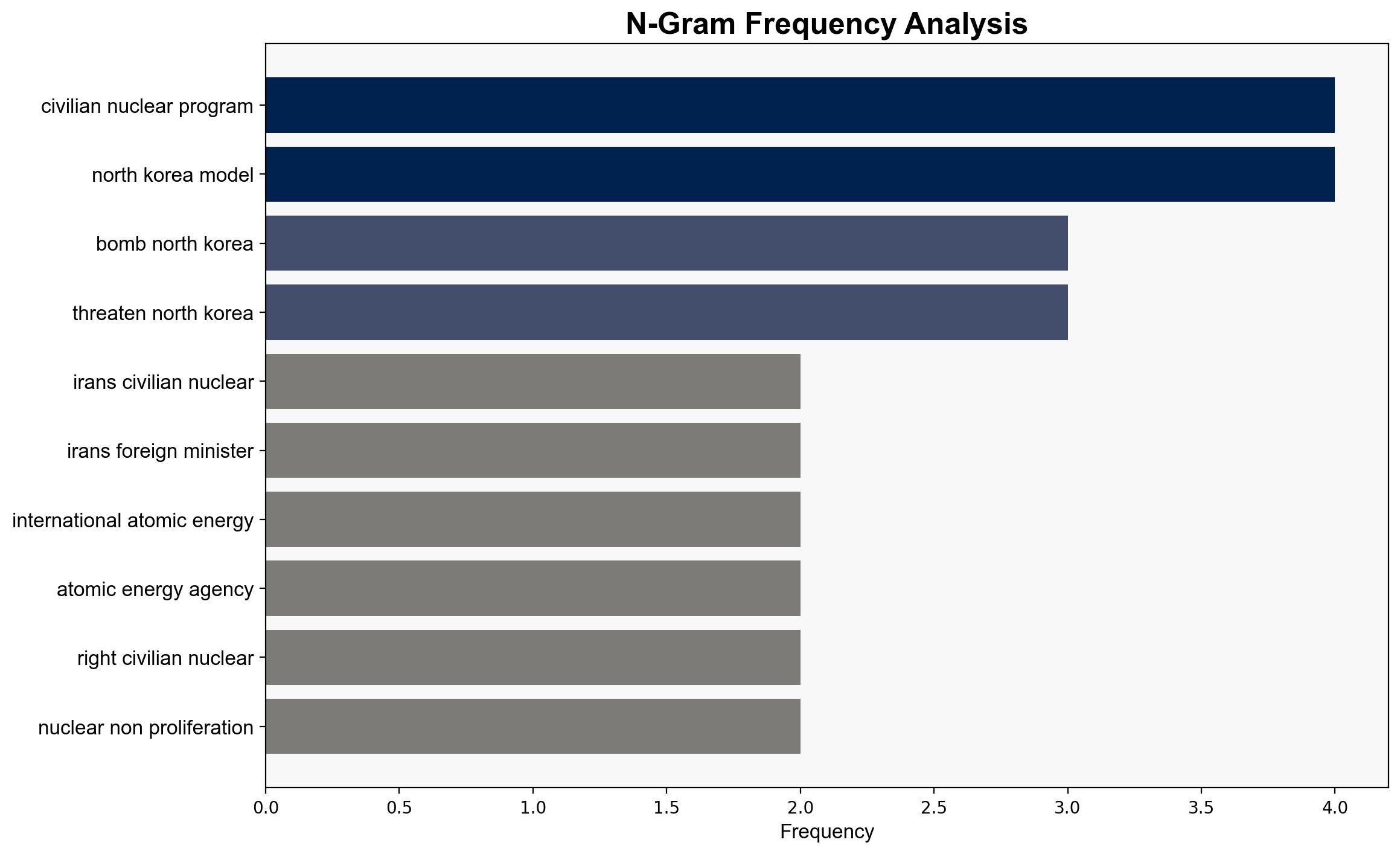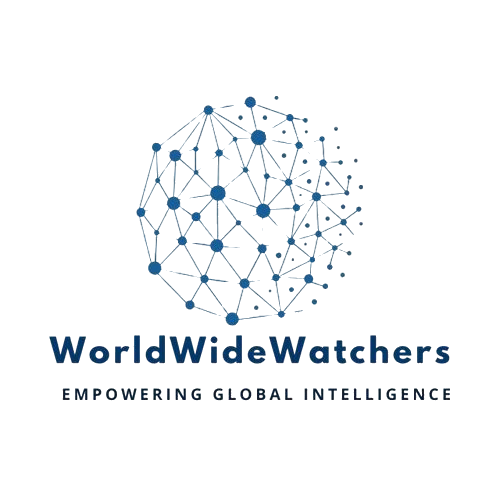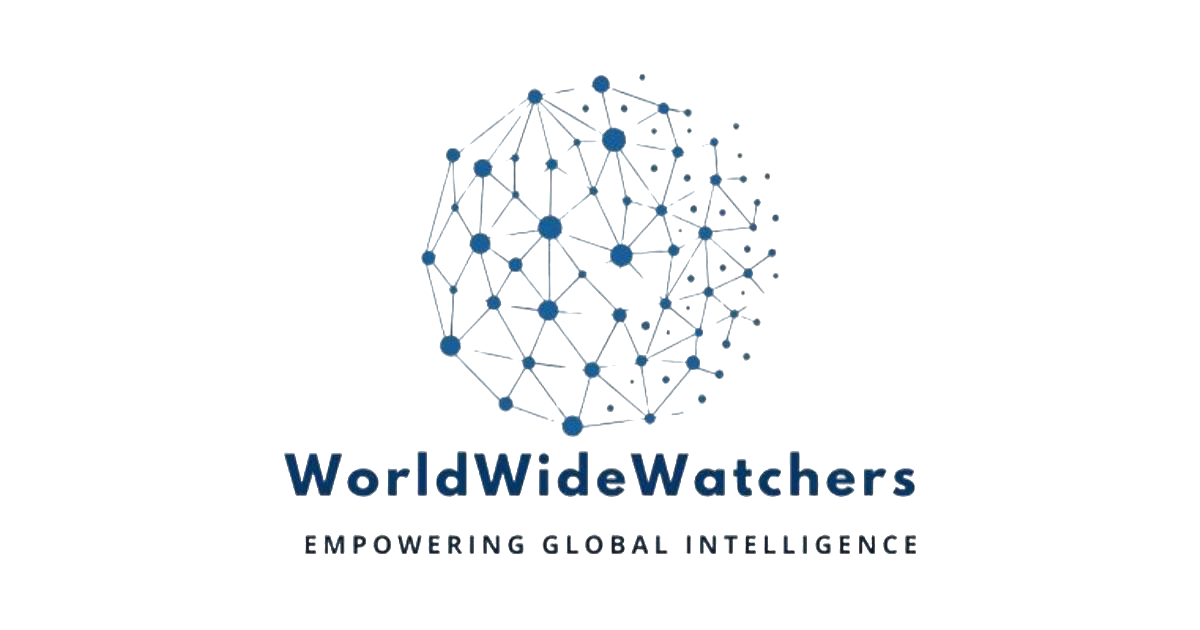Bombing Iran From the Libya Model to the North Korea Model – Antiwar.com
Published on: 2025-07-14
Intelligence Report: Bombing Iran From the Libya Model to the North Korea Model – Antiwar.com
1. BLUF (Bottom Line Up Front)
This report examines the strategic implications of applying the “Libya Model” versus the “North Korea Model” to Iran’s nuclear program. Key findings suggest that pursuing a diplomatic resolution with Iran, emphasizing transparency and international cooperation, could prevent escalation. However, adopting a hardline approach akin to Libya’s disarmament may undermine negotiations and increase regional instability.
2. Detailed Analysis
The following structured analytic techniques have been applied to ensure methodological consistency:
Causal Layered Analysis (CLA)
Surface Events: The ongoing tension surrounding Iran’s nuclear program and international diplomatic efforts.
Systemic Structures: The geopolitical dynamics involving Iran, the U.S., and other regional actors.
Worldviews: Differing perceptions of nuclear deterrence and disarmament.
Myths: Historical narratives of regime change and nuclear disarmament consequences.
Cross-Impact Simulation
The potential ripple effects of military action against Iran could destabilize neighboring countries, disrupt global oil markets, and exacerbate existing conflicts in the Middle East.
Scenario Generation
Divergent narratives include a peaceful resolution through diplomatic engagement, a military confrontation leading to regional conflict, and a stalemate with ongoing sanctions and tensions.
3. Implications and Strategic Risks
The primary risks include regional instability, economic disruptions, and the potential for military escalation. The use of force could lead to retaliatory actions by Iran and its allies, while diplomatic failure may embolden hardline elements within Iran.
4. Recommendations and Outlook
- Engage in multilateral diplomatic efforts to ensure transparency and compliance with international nuclear agreements.
- Consider scenario-based planning to prepare for potential outcomes, including best case (diplomatic resolution), worst case (military conflict), and most likely (prolonged negotiations).
- Enhance regional alliances to mitigate risks and support stability efforts.
5. Key Individuals and Entities
Seyed Hossein Mousavian, Donald Trump, Kim Jong Un, Araghchi
6. Thematic Tags
national security threats, cybersecurity, counter-terrorism, regional focus





